Opinion
Peace-keeping veteran says only the red poppies please

Submitted by Mark E. Meincke
About those white, and rainbow poppies……
Here is what the poppy means, and why I implore people to STOP with both the white poppy, and the rainbow infused poppy. Contaminating the poppy through co-opting, is NOT ok.
The Poppy was first adopted as a symbol of recognition, and remembrance for soldiers in WW1 and was inspired by the poem, In Flanders Fields. Since then, the poppy has become such a sacred symbol, that it has formed part of the Canadian Military uniform during Remembrance Day ceremonies.
The poppy is a very specific symbol, meant to be used exclusively to respect the ineffable sacrifice of our Military and Veterans, especially the soul gouging sacrifice associated with battle. Any co-opting of the hallowed flowered symbol can do nothing but diminish the original intentions for the poppy.
The White Poppy, though arguably ill conceived from it’s outset, is almost as old as the Veteran’s poppy. The altruistic original intent of the white poppy however, stands in opposition to the unwelcome perceived meaning which it tends to emit. Today the white poppy stands as a beacon of anti-veteran sentiment, which makes it very disrespectful to wear on November 11th.
Pro-Peace is a noble pursuit, however wearing a white poppy to promote peace is a risk free lip-service which spits in the face of those who actually risked it all to physically fight for peace.
If you wish to promote peace, wear a white dove on your lapel, or better yet, sign up for the Military Reserves and jump aboard the next peace-keeping mission that comes along. The dove offends no one, so please wear that instead of slapping Veterans and Military members in the face.
And now, about that rainbow infused Poppy….
Seriously, WTH? Is the point of this sacrilegious co-opting to acknowledge the fact that within the military, and Veteran community, we too have a segment who identify themselves as being within the LGBTQ+ community? If so, then you have NO idea what being a soldier is all about. We are the most pro-LGBTQ advocates ever!
When a soldier is in battle, NOTHING could matter less than the sexual, or gender orientation of their fellow soldier. All we care about is whether or not you have buddies six. The rest is totally irrelevant. Co-opting the poppy by infusing the rainbow creates DIVISION, not inclusion.
The battle field is the most inclusive environment on earth. If you are shooting in the same direction, then you are included as an equal…period. Nobody cares about who you are attracted to, or which gender you identify as, the only salient measure is your character, and ability to do your job. Be brave, do your job, and you have the respect of your peers. It’s that simple.
So, wear your rainbow flag, get a rainbow tattoo, commemorate the LGBTQ+ community any which way you wish, and we will ALL stand firm for your right to do so. But, please leave our poppy alone. The poppy is a hallowed symbol which must remain pure.

Mark E. Meincke
Peace-Keeping Veteran
Dr John Campbell
Cures for Cancer? A new study shows incredible results from cheap generic drug Fenbendazole
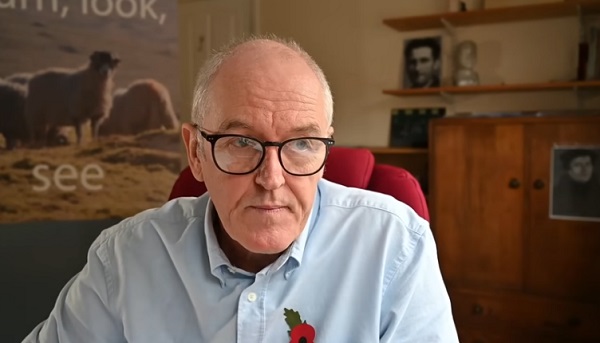
From Dr. John Campbell
You won’t hear much about Fenbendazole from the regular pipeline of medical information. There could be many reasons for that. For one, it’s primarily known for it’s use in veterinary medicine. Somehow during COVID the medical information pipeline convinced millions that if a drug is used on horses or other animals it couldn’t work for humans. Not sure how they got away with that one considering the use of animal trials for much of modern medical history.
Another possible reason, one that makes at least as much sense, is that there’s no business case for Fenbendazole. It’s been around for decades and its patent expired in the early 1990’s. That means it’s considered a generic drug that a pharmaceutical company from India could (and does) produce in mass quantities for very little profit (compared to non-generics).
So Fenbendazole is an inexpensive, widely accessible antiparasitic drug used in veterinary medicine. During the COVID pandemic a number of doctors, desperate for a suitable treatment, tried it with reportedly great levels of success. Over some time they discovered it might be useful elsewhere. Some doctors are using Fenbendazole to help treat late stage cancer. Often this is prescribed when the regular treatments clearly aren’t working and cancer is approaching or has already been declared stage 4.
What they’ve found at least in some cases is astounding results. This has resulted in a new study which medical researcher Dr. John Campbell shares in this video.
Energy
It should not take a crisis for Canada to develop the resources that make people and communities thrive.
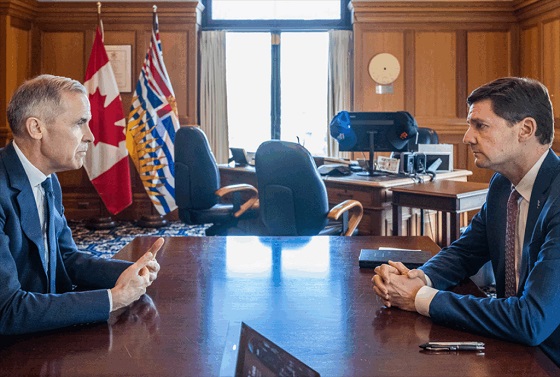
From Resource Works
Canada is suddenly sprinting to build things it slow-walked for a decade.
“Canada has always been a nation of builders, from the St. Lawrence Seaway to Expo 67. At this hinge moment in our history, Canada must draw on this legacy and act decisively to transform our economy from reliance to resilience. We are moving at a speed not seen in generations,” announced Prime Minister Mark Carney at the end of August.
He was echoed by British Columbia Premier David Eby shortly after.
“There’s never been a more critical time to diversify our economy and reduce reliance on the U.S., and B.C. is leading the way in Canada, with clean electricity, skilled workers and strong partnerships with First Nations,” the premier stated after his government approved the Ksi Lisims LNG project, led by the Nisga’a nation.
In the face of President Donald Trump’s tariffs, Ottawa has unveiled a first wave of “national projects” that includes an expansion of LNG Canada to 28 million tonnes a year, a small modular reactor at Darlington, two mines, and a port expansion, all pitched as a way to “turbocharge” growth and reduce exposure to a trade war with the United States.
The list notably excludes new oil pipelines, and arrives with rhetoric about urgency and nation-building that begs a simple question: why did it take a crisis to prioritize what should have been routine economic housekeeping?
The most tangible impact of resource projects can be observed in the impact it has on communities. The Haisla Nation is enjoying an economic renaissance with their involvement in the LNG Canada project on their traditional lands, which became operational in June.
Furthermore, the Haisla are set to unveil their own facility, Cedar LNG, in 2028. Already, the impact of employment and strong paycheques in the community is transforming, as former Haisla Chief Councillor Crystal Smith as attested many times.

Former Haisla Chief Councillor Crystal Smith.
“Let’s build a bright and prosperous future for every Canadian and every Indigenous person that wants to be involved, because change never happens inside of our comfort zones, or the defensive zone,” said Crystal Smith at a speech delivered to the 2025 Testimonial Dinner Award on April 24 in Toronto.
Fortunately, the new pro-resource posture has a legislative backbone. Parliament passed the One Canadian Economy Act to streamline approvals for projects deemed in the national interest, a centrepiece of the government’s plan to cut internal trade barriers and fast-track strategic infrastructure.
Supporters see it as necessary in a period of economic rupture, while critics warn it risks sidelining Indigenous voices in the name of speed. Either way, it is an admission that Canada’s previous processes had become self-defeatingly slow.
British Columbia offers a clear case study. Premier David Eby is now leaning hard into liquefied natural gas. His government and Ottawa both approved the Nisga’a Nation-backed Ksi Lisims LNG project under a “one project, one review” approach, with Eby openly counting on the Nisga’a to build support among neighbouring nations that withheld consent.
It is a marked turn from earlier NDP caution, framed by the premier as a race against an American Alaska LNG push that could capture the same Asian markets.
Yet the pivot only underscores how much time was lost. For years, resource projects faced overlapping provincial and federal hurdles, from the Impact Assessment Act’s expanded federal reach to the 2018 federal tanker ban on B.C.’s north coast.
Within B.C., a thicket of regulations, policy uncertainty, and contested interpretations of consultation obligations chilled investment, while political positions on pipelines hardened. Industry leaders called it “regulatory paralysis.” These were choices, not inevitabilities.
The national “go-fast” stance also arrives with unresolved tensions. Ottawa has installed a Calgary-based office to clear and finance major projects, led by veteran executive Dawn Farrell, and is touting the emissions performance of LNG Canada’s expansion.

Dawn Farrell, head of the Major Projects office in Calgary.
At Resource Works, we wholeheartedly endorsed the move, given the proven ability and success of Dawn Farrell in the resource industry. It must also be acknowledged that the major projects office will only be an office unless it meaningfully makes these projects happen faster.
A decade that saw eighteen B.C. LNG proposals produced one major build, and moving to LNG Canada’s second phase is entangled with power-supply constraints and policy conditions. That slow cadence is how countries fall behind.
If the current urgency becomes a steady habit, Canada can still convert this scramble into lasting capacity. If not, the next shock will find us sprinting again, only further from the finish line.
Resource Works News
-

 International2 days ago
International2 days agoUS announces Operation Southern Spear, targeting narco-terrorists
-

 Business1 day ago
Business1 day agoParliamentary Budget Officer begs Carney to cut back on spending
-
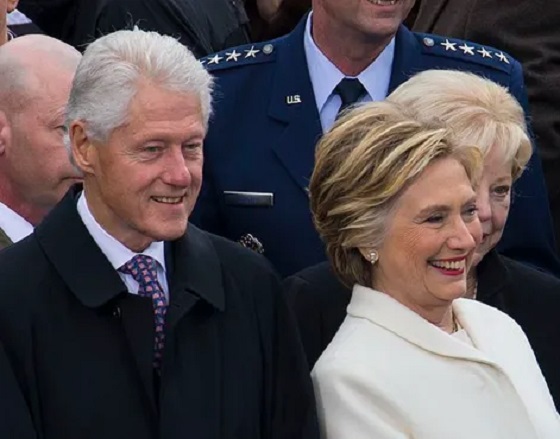
 International2 days ago
International2 days agoBondi and Patel deliver explosive “Clinton Corruption Files” to Congress
-
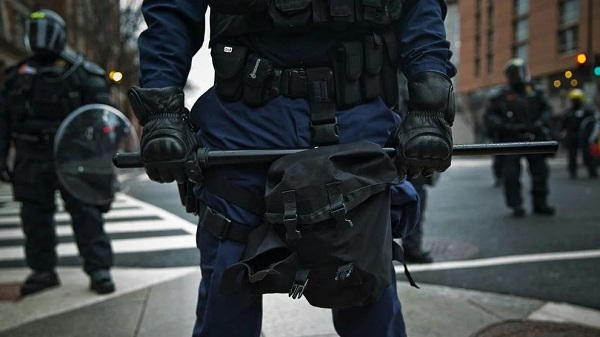
 International2 days ago
International2 days agoState Department designates European Antifa groups foreign terror organizations
-
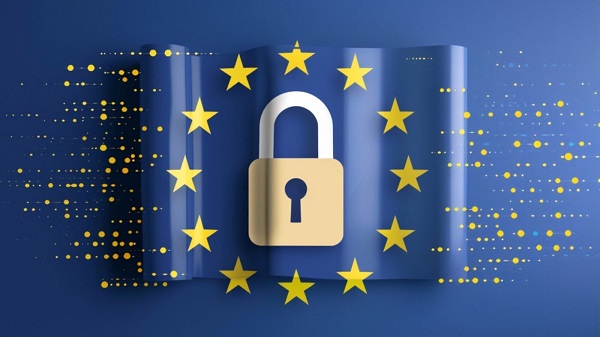
 Censorship Industrial Complex2 days ago
Censorship Industrial Complex2 days agoEU’s “Democracy Shield” Centralizes Control Over Online Speech
-
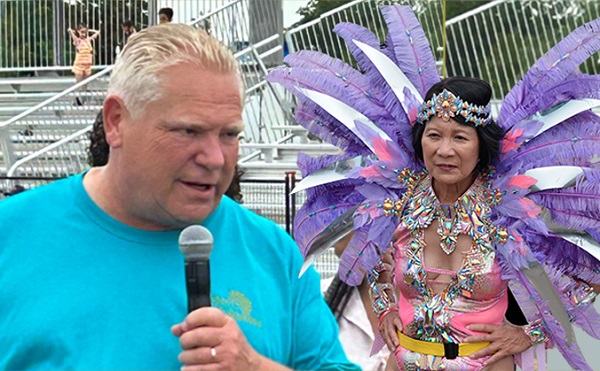
 Bruce Dowbiggin2 days ago
Bruce Dowbiggin2 days agoDEI Or Die: Out With Remembrance, In With Replacement
-

 Addictions1 day ago
Addictions1 day agoCanadian gov’t not stopping drug injection sites from being set up near schools, daycares
-
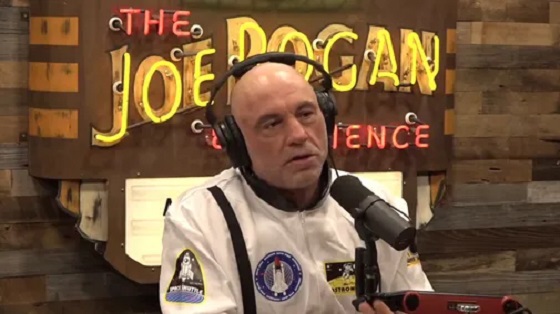
 International2 days ago
International2 days agoIs America drifting toward civil war? Joe Rogan thinks so








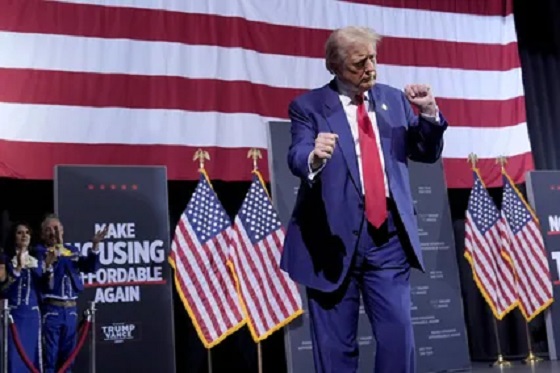
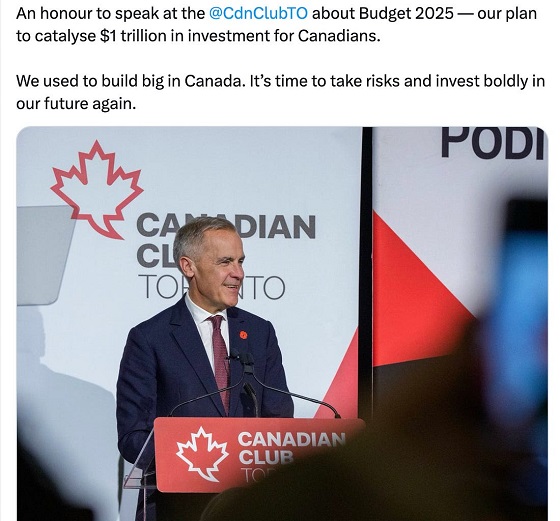
You must be logged in to post a comment Login